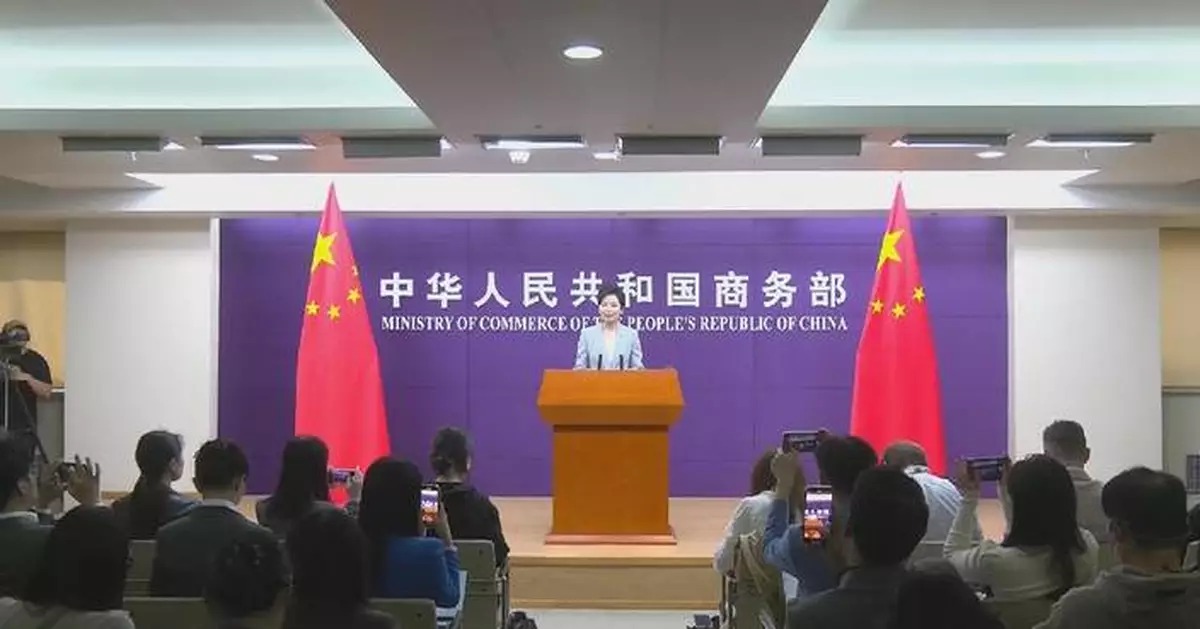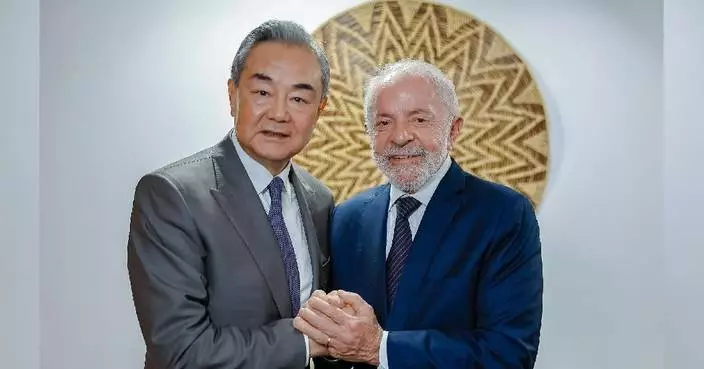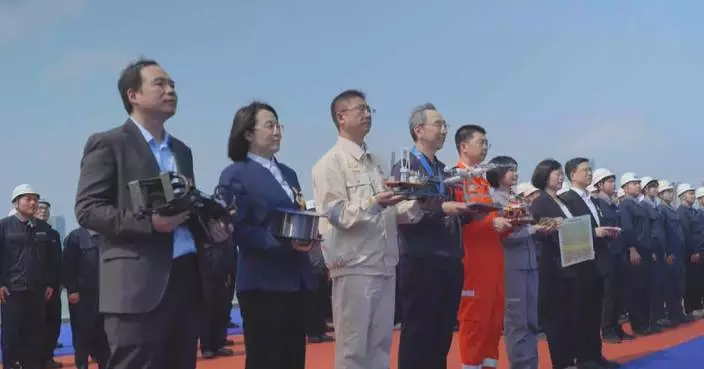China will continue to stay committed to high-level opening-up and follow its own path in the face of U.S. bullying tariffs, a spokeswoman of China's Ministry of Commerce said on Thursday.
He Yongqian, the spokeswoman, made the remarks at a press briefing in Beijing in response to a media query about the latest U.S. tariffs.
"Recently, the United States has imposed excessive tariffs on all its trade partners, including China, under various pretexts. This seriously infringes upon the legitimate rights and interests of Chinese enterprises and severely disrupts the stability of the global economic order. China strongly condemns and firmly opposes it. As the world's second-largest economy and the second-largest consumer market, we will unwaveringly promote high-level opening-up and resolutely follow our own path in the face of U.S. bullying tariffs. We will contribute more certainty into the global economy with our stable development," said the spokeswoman.
On April 2, the United States imposed a 34-percent "reciprocal tariff" on Chinese imports, following earlier hikes from 10 percent in February to 20 percent in March. In response, China quickly retaliated on April 4 with matching tariffs on U.S. goods. This move triggered a sharp escalation from U.S. President Donald Trump, who imposed an additional 50 percent tariff on Chinese imports, bringing the total to 104 percent.
China's response was swift. It raised tariffs on U.S. goods from 34 percent to 84 percent, placed 12 U.S. entities under export controls and added six companies to the "unreliable entity" list. Trump, however, countered by raising tariffs on Chinese goods to 125 percent while announcing a 90-day delay for tariffs on other countries.
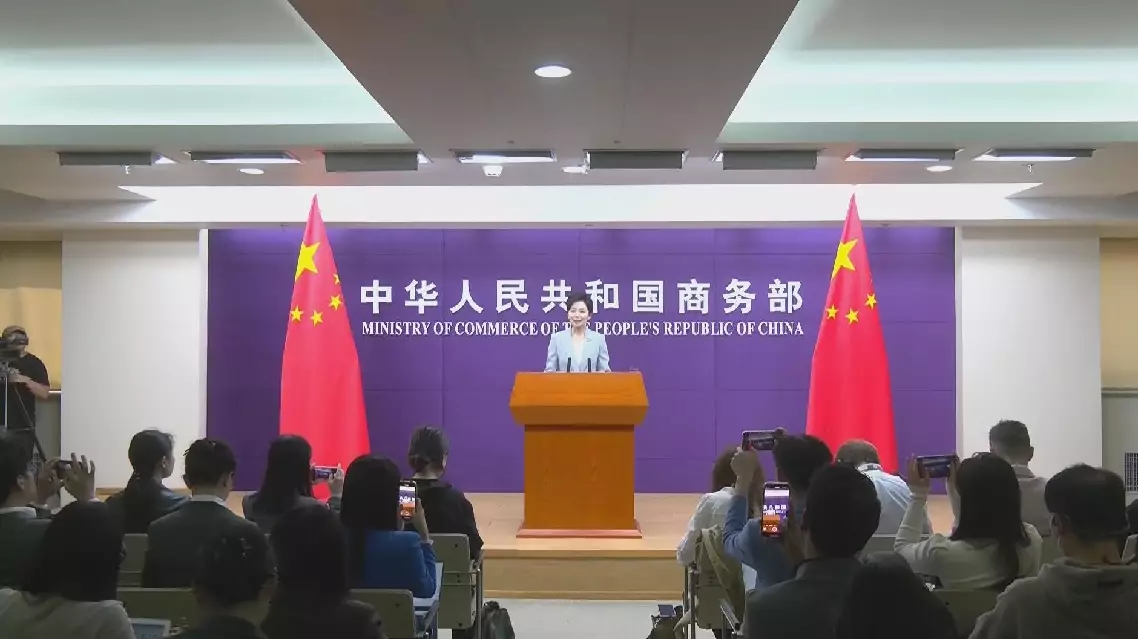
China committed to high-level opening-up despite U.S. bullying tariffs: spokeswoman
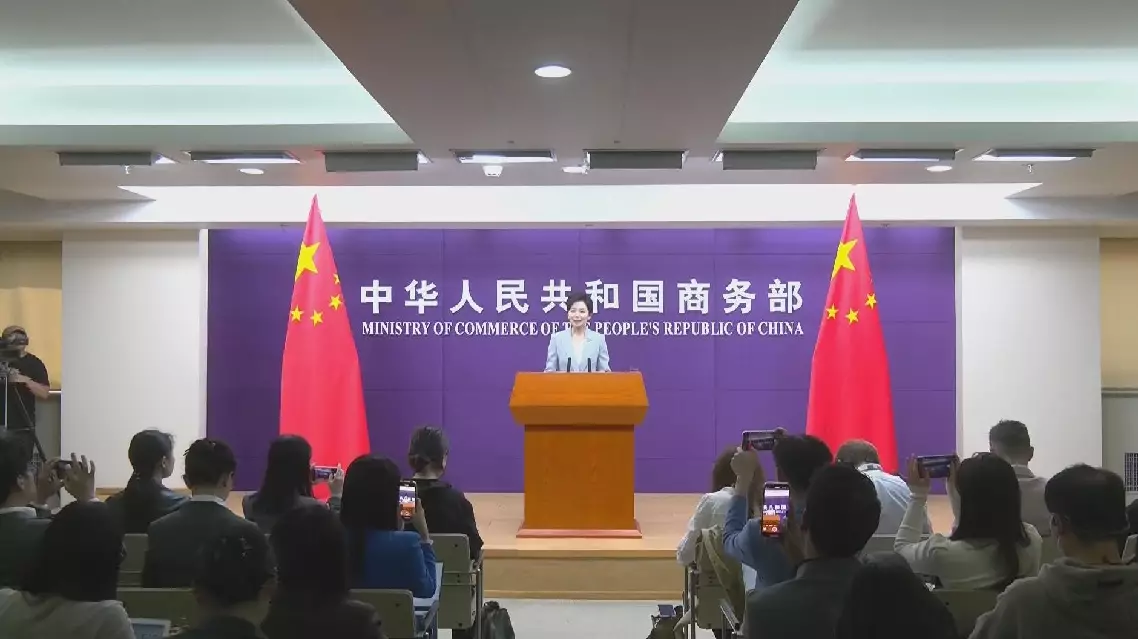
China committed to high-level opening-up despite U.S. bullying tariffs: spokeswoman
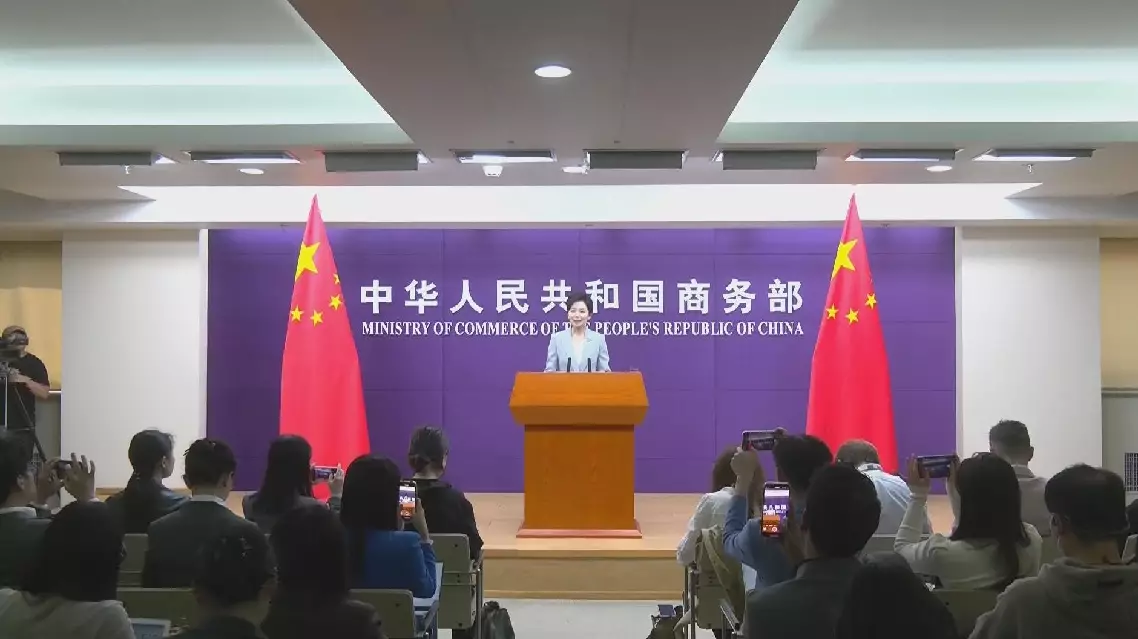
China committed to high-level opening-up despite U.S. bullying tariffs: spokeswoman
U.S. tariffs on Cambodia, which were set at 49 percent, have sparked concerns among the Southeast Asian country's key export industries such as garment manufacturing amid the ensuing economic uncertainties.
On April 2, U.S. President Donald Trump announced the 49 percent "reciprocal tariff" on goods imported from Cambodia, the highest among all countries. Days later, the U.S. reduced the so-called "reciprocal tariff" to 10 percent for 90 days, offering a window period to Cambodia for negotiations with it.
Cambodian businesspeople say the tariffs have the potential to wreak havoc on the country's manufacturing sector, which, according to data from the World Bank, makes up around a fifth of the country's GDP.
"For U.S. manufacturers, definitely, there will be a big impact. If manufacturers are focusing on U.S. products, they are now in the middle. They don't know what they should do at the moment because the tariff now from Cambodia to the U.S. is actually quite high," said Dr. Ben Li, a Hong Kong investor in Cambodia and Chairman of the Cambodia Chinese Commerce Association.
Nevertheless, Li sees the tariff hike as an opportunity to export more Cambodian goods to the European Union, where a majority of Cambodian exports enjoy duty-free status.
"I always say there will be a light (at the end of the tunnel.) Even now, the U.S. tariff is so high, it's going to be so high after 90 days, we don't know. But, there's still a big market to Japan or to the European Union. There's still a big opportunity there," he said.
The Cambodian investor also believes the development of major infrastructure projects will help support Cambodia's economy.
"Especially the new canal and then the new airport, and the railways which connect to China. I believe once the logistics and infrastructure are built up, it can help the whole country's economy. By reducing the transportation costs, it can also mitigate the tariff costs," he said.
Cambodia and the U.S. held their first tariff negotiations on April 16, with more expected to follow. Local experts said the stakes are high for the country's workers.
"If this negotiation fails, there will be a significant impact. It will include the garment and travel goods sector. These sectors consist of about 1,068 factories and 930,000 workers. The income generated from these sectors is about 3 billion dollars per year. So it would significantly impact Cambodia's economy, jobs and incomes," said Chey Tech, a socio-economic research and development consultant from Dynamic Alliance Consulting.
Despite the potential risks, Tech expressed his optimism about a positive outcome, citing Cambodian Prime Minister Hun Manat's letter to Trump on April 4.
"The Prime Minister's letter confirmed that Cambodia would reduce the tariff rate for U.S. goods to 5 percent. Second, Cambodia is the least developed country. Third, Cambodia produces goods that the developed countries won't produce. We asked whether the U.S. would be able to produce these low-cost products. It cannot," said Tech.
In 2024, Cambodia exported goods of 9.9 billion dollars to the U.S., making it the country's largest market, accounting for 37 percent of Cambodia's total exports.

49-percent US tariffs sparks worry among Cambodia's key export industries





